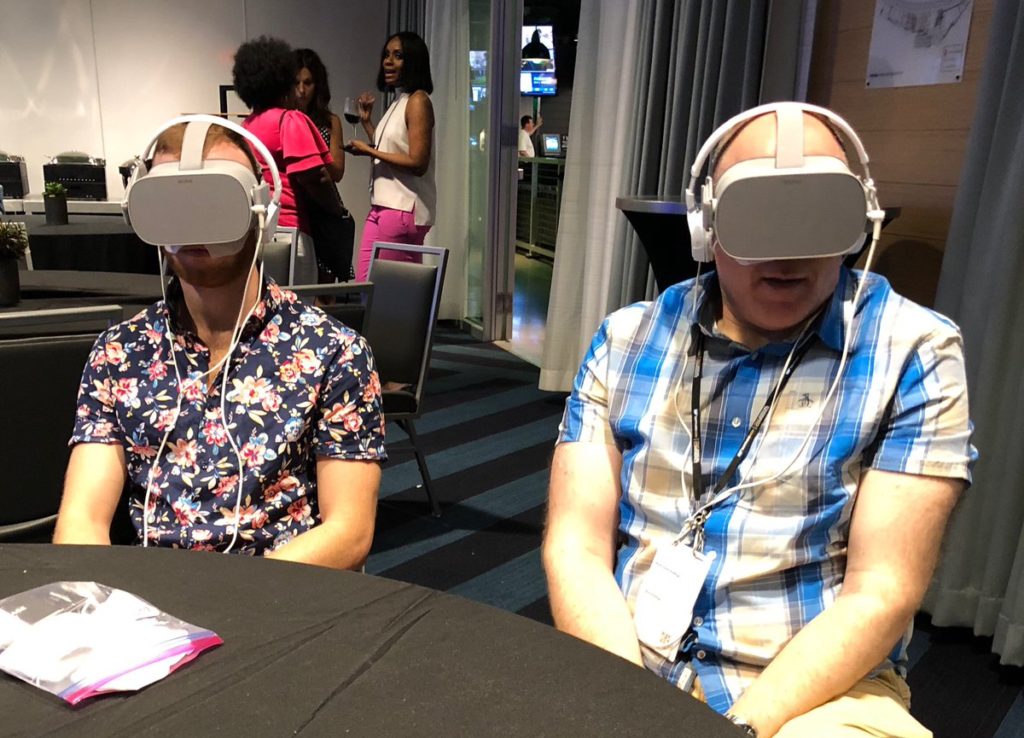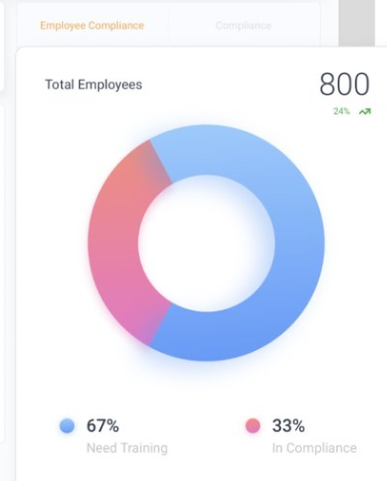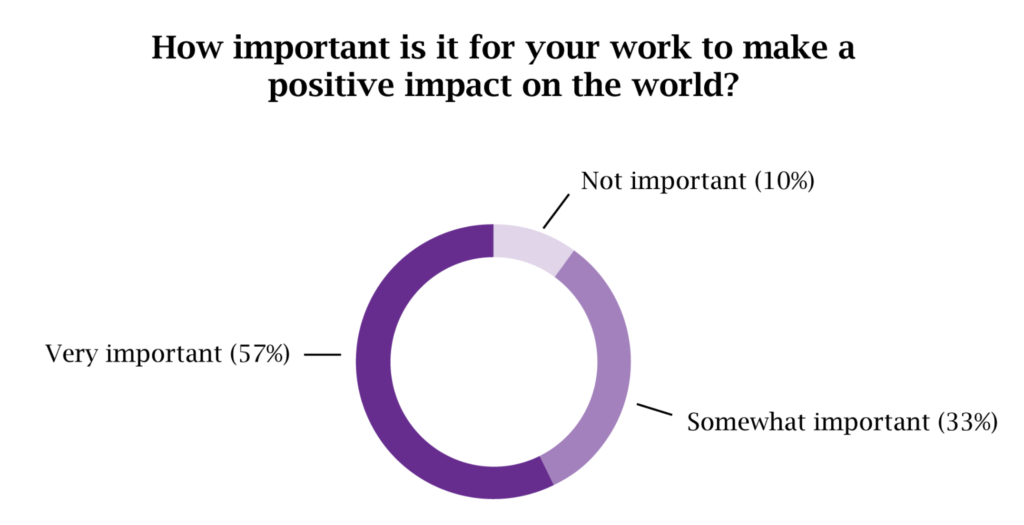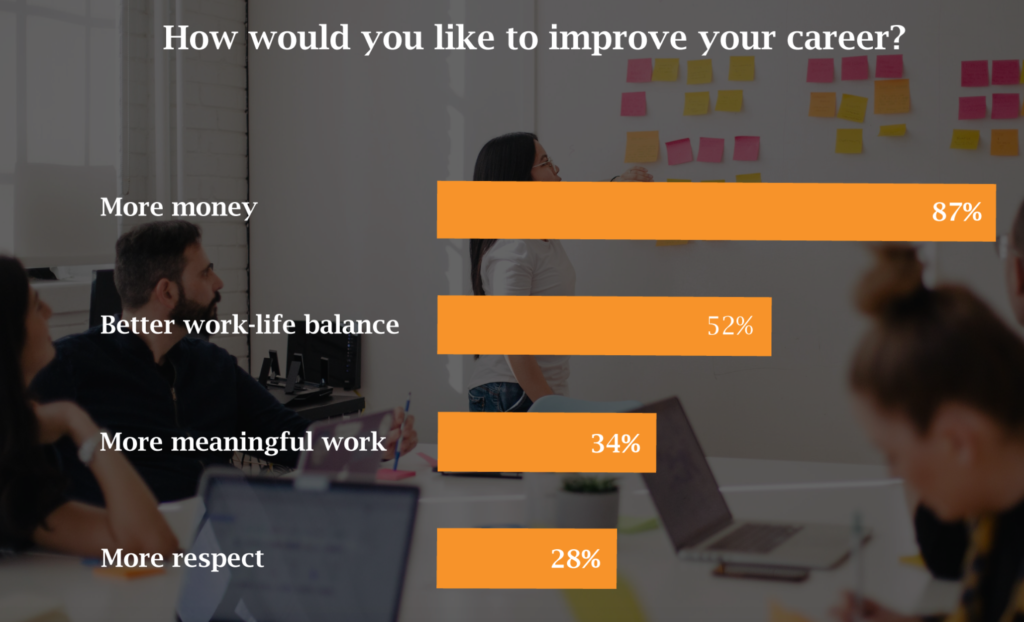Have you noticed it’s become super fashionable to dump on corporate jobs? The ‘super cool’ thing today is to be an entrepreneur or work for a start-up, get a solo gig, etc. The last thing that is cool is to work a large, stable, profitable corporation. I mean, the humanity of it all!
Inc. online recently had an article from a GenXer, corporate leader-type, Scott Mautz, who decided to step away from the corporate world and become a “Life Coach” and “Professional Speaker”, so basically unemployed. But he does have advice on why we also should step away from corporate America and go out on your own:
– Two things will be the death of us: Death and Meetings. (Okay, I hate meetings, this is mostly true)
– I miss the people, but none of the processes. (Yeah, that’s because “processes” are the actual work!)
– It’s less about being impressive, and more about making an imprint. (An imprint to whom? Your cat?)
– All the little stuff is really little stuff. (Gawd, I love Life Coaches!)
– Flexibility is intoxicating. (Yep, and so is a regular paycheck you can count on!)
– My presence is more of a present. (I just threw up in my mouth a little.)
– There’s no greater pick me up than feeling challenged and growing again. (You couldn’t do that in your job a Proctor & Gamble? Sounds like a “you problem”.)
– Your health belongs on a pedestal. Period. (Life Coach advice 101, use “Period” at the end of a sentence to show it’s really, really important!)
I don’t know Scott, I’m just having fun. I’m sure he’s super nice and is loving his life. Good for him!
I don’t like that he believes the best advice to reach all of his points is to walk away from working at a corporation. I think there are two types of people: ‘corporate’ employee types, and there are people who are unemployable in the real world. By the way, I fit much closer to the later, and Scott sounds like he probably struggled in corporate America as well.
I’ve got very close friends who love working for giant corporations and brands. Doing so comes with some cachet for sure! Plus, the pay and benefits are usually really great. You also have to high on the political savvy side of things, and you probably hold your tongue more often than you wish to. But, the perks are pretty freaking good!
Almost everything Scott said above is controllable no matter what size organization you work for. Do you want more flexibility? Be a great performer. Turns out, great performance gets flexibility. Want to be more healthy? Okay, then focus on your health and find balance. I find most giant companies do a much better job focusing on the health of their employees than small companies. Good health costs a lot!
Want to be challenged and grow? Take some freaking initiative and do some stretch assignments. I’ve never been told not to challenge myself in an enterprise corporate environment. In fact, it was the one thing that propelled my career in a large company.
The problem isn’t corporate America. Corporate America is great for millions of people. The problem is probably you just don’t fit in that environment, because the reality is corporate gigs can be pretty awesome!




